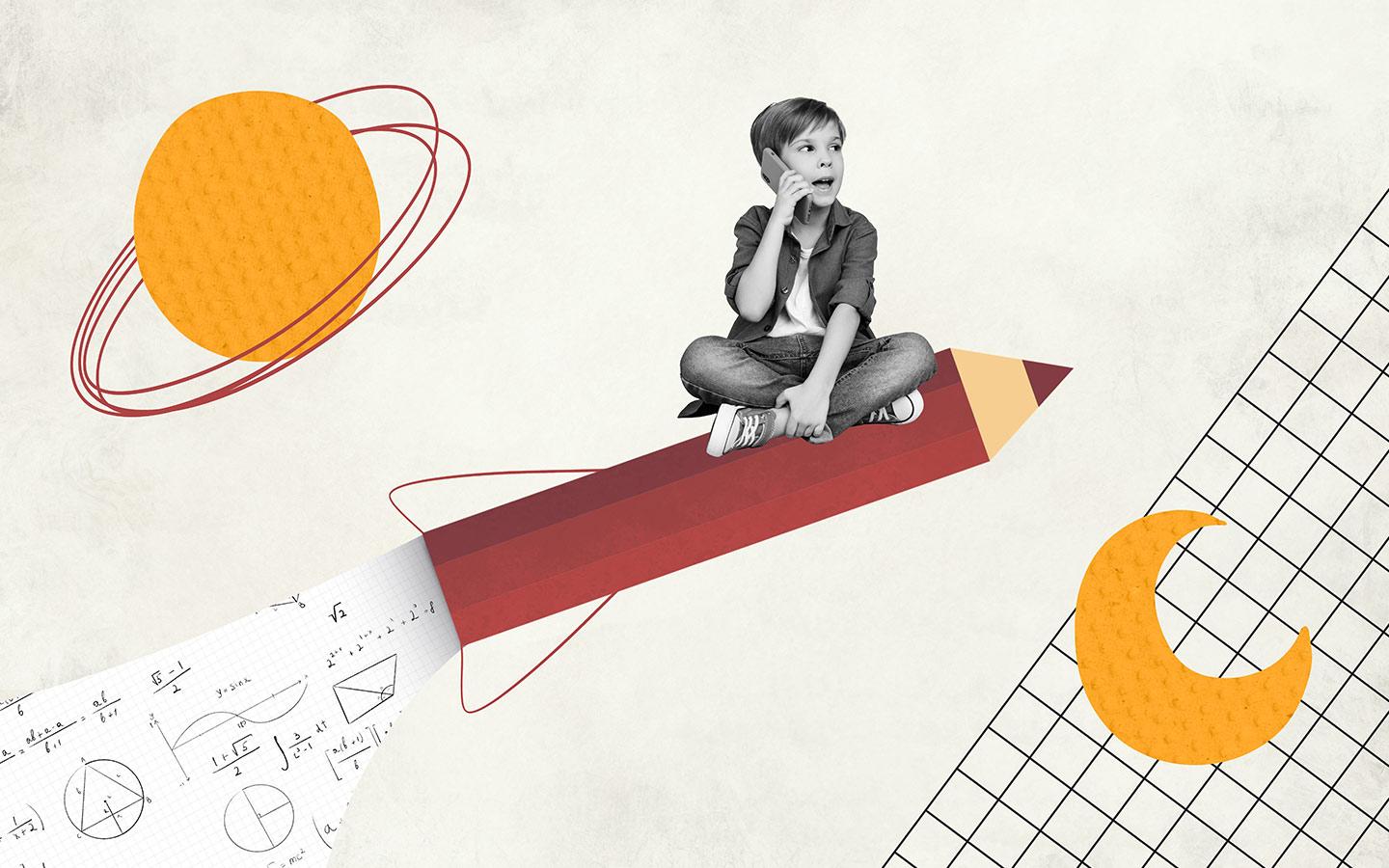3 Jan 2025
Leverage Gamification in eLearning with Compozer
maestro
Author

Energizing Learning: Applying Gamification Principles in eLearning with Compozer
The pursuit of effective learning strategies has led to the increasing adoption of gamification in diverse educational contexts, including eLearning. Gamification, the application of game design elements and game principles in non-game contexts, has the potential to significantly enhance learner engagement, motivation, and knowledge retention. By incorporating elements such as points, badges, leaderboards, and challenges, eLearning experiences can become more interactive, enjoyable, and effective. This discussion explores the principles of gamification in eLearning and demonstrates how Compozer provides a platform for implementing these principles effectively.
Understanding the Psychology Behind Gamification and Learning
Gamification’s effectiveness stems from its ability to tap into intrinsic human motivations. It leverages psychological principles such as competition, achievement, reward, and social interaction to create a more engaging and motivating learning experience. Points and badges provide learners with a sense of progress and accomplishment, reinforcing positive behaviors and encouraging continued participation. Leaderboards foster a sense of healthy competition, motivating learners to strive for improvement. Challenges and quests provide learners with clear goals and a sense of purpose. These elements, when implemented thoughtfully, can transform learning from a passive activity into an active and rewarding experience. This positive reinforcement encourages learners to invest more time and effort into their learning, leading to improved outcomes.
Key Elements of Effective Gamification in eLearning
Several key elements contribute to the effectiveness of gamification in eLearning. Clear learning objectives are essential for aligning gamification elements with desired learning outcomes. The game mechanics should be designed to support the learning objectives and reinforce key concepts. Meaningful rewards, such as badges, certificates, or access to exclusive content, should be provided to recognize learner achievements. Progress tracking and feedback mechanisms should be implemented to provide learners with clear insights into their performance. Social interaction and collaboration can further enhance engagement by allowing learners to interact with each other, share their progress, and compete in a friendly environment. These elements are interconnected and should be considered holistically to create a cohesive and effective gamified learning experience.

Practical Applications of Gamification in eLearning
The practical applications of gamification in eLearning are numerous and varied. Points can be awarded for completing modules, answering quiz questions correctly, or participating in discussions. Badges can be given for achieving specific milestones, demonstrating mastery of certain skills, or completing challenging tasks. Leaderboards can be used to track learner progress and foster a sense of competition. Challenges and quests can be designed to provide learners with opportunities to apply their knowledge in practical scenarios. For instance, a sales training course could incorporate a simulated sales scenario where learners earn points for successfully closing deals. A customer service training course could include a challenge where learners must resolve customer complaints in a simulated environment. These practical examples show how gamification can be used to make learning more engaging and relevant to real-world situations.
Compozer: A Platform for Implementing Gamification in eLearning
Compozer provides a user-friendly platform that simplifies the implementation of gamification in eLearning. The platform’s flexible content structure allows creators to easily incorporate game-like elements into their courses. Compozer’s versatile quiz engine supports various question types and provides options for awarding points based on learner performance. While Compozer does not have built-in badge or leaderboard systems at this time, its open architecture and integration capabilities allow for connection with external gamification platforms. This extensibility ensures that creators can implement a wide range of gamification strategies to enhance their eLearning experiences.
Integrating Gamification with Other eLearning Strategies
Gamification is most effective when integrated with other sound eLearning strategies. It should not be used as a standalone solution but rather as a tool to enhance existing learning activities. Combining gamification with interactive video, scenario-based learning, and personalized learning can create a powerful and engaging learning experience. For instance, an interactive video could incorporate quizzes at various points, awarding points for correct answers. A scenario-based learning activity could include challenges and quests that learners must complete to progress. A personalized learning path could offer different challenges and rewards based on individual learner performance. This integrated approach maximizes the impact of gamification and creates a more comprehensive and effective learning experience.
Gamification offers a powerful approach to enhancing learner engagement and motivation in eLearning. By incorporating game design elements and principles, eLearning experiences can become more interactive, enjoyable, and effective. Compozer provides a platform that supports the implementation of various gamification strategies, empowering creators to design engaging and impactful learning experiences. The platform's adaptability and extensibility make it a valuable tool for anyone seeking to leverage the power of gamification in eLearning.